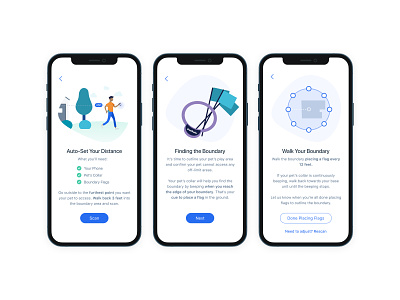Product Setup Flow
Design. Test. Learn. Change. Repeat. (AKA Iterate)
When we UX designers do a good job, it often goes unnoticed. Why is that? Because the solution that is "easy" or "makes the most sense" is often the best solution.
Without seeing the level of effort that goes into a seamless solve and beautiful experience, stakeholders see the "simple" or "obvious" solution and may assume our job is easy.
But how do we get to that simple, obvious solution?
By testing our assumptions with real people, learning from what we see and hear, making changes based on those learnings, and repeating that process until we reach the "obvious" solution.
I've been re-learning this in a recent project at work. We are working on creating a seamless, delightful setup experience for our users. We're currently on round 5 of testing our proof of concept and are still learning ways to improve the design and overall flow.
Looking back at the testing I just completed, I see what seem now to be obvious solutions to problems our participants ran into.
By focusing on our users and designing solutions considering their state of mind, mental model, cognitive load, etc., we can truly create beautiful, seamless, obvious solutions that go unnoticed because of how simply they fit into people's lives.
Without testing our work and updates to that work, how do we expect to learn and improve? This part of the process is key to creating a simple, obvious solve that delights.
Communicating all the work that goes into these simple solutions to stakeholders is a rant for another post some other day.








